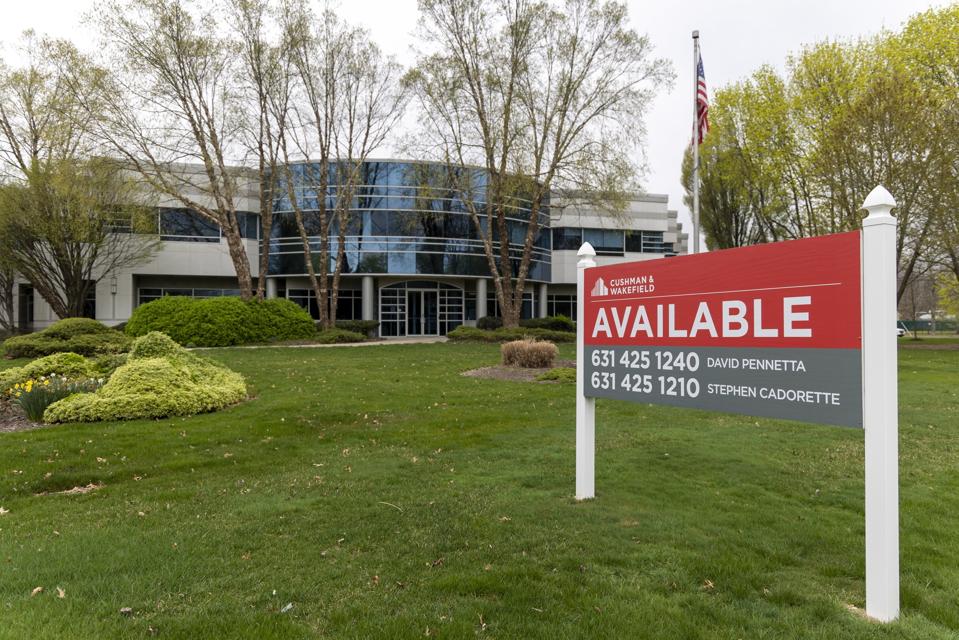The commercial real estate markets are hurting. Normally, a slide like this wouldn’t pose a threat to the financial system, but the current circumstances could make it different. The Federal Reserve, in its May Financial Stability Report, already mentioned the exposure of financial institutions to commercial real estate debt. A report on Politico.com at that time also discussed the impact this exposure could have on banks’ portfolios, especially in light of interest rate increases over the past year. When financial institutions face such duress, the conditions ripen for a significant increase in the conduct risk of banks.
First and foremost, there is a noticeable surge in foreclosures. Konrad Putzier, writing in The Wall Street Journal, notes that lenders have issued many foreclosure notices for high-risk property loans this year. In a related article, Peter Grant highlights that the flow of money into commercial real estate has diminished, with a particularly severe decline in construction loans as lenders scale back. He states, “Commercial real-estate lending is shrinking to historically low levels, threatening a rise in defaults on expiring debt and a sharp decline in new construction of warehouses, apartments, and other property types.” The content of these two articles indicates that the assets and liabilities of commercial banks’ lending in commercial real estate are impacted. First, issuing a foreclosure notice is a bank’s response to potential default and downturn, essentially an effort to cut losses before they escalate. If these foreclosures exceed normal levels, which appears to be the case based on the evidence presented, bank asset values could be substantially diminished. Consequently, this would compromise the returns on these loans, reducing the banks’ net income. On the liabilities side, a decline in asset values would require banks to either increase their equity or rely more on external loan funding to offset future losses. Either scenario would adversely affect the banks’ capital ratios.
Second, banks are predicting an annual increase in risk technology spending of over 10% over the upcoming quarters. According to Robert Voth, “Increasing the sophistication of data analytics and AI to improve stress tests and real-time monitoring of risk is a multimillion-dollar investment. Yet our data shows that less than 30% of banking leaders feel they have the right technology executives to successfully implement these technologies and processes”. He predicts a surge in demand within the banking sector for qualified compliance, risk, technology executives, and board members with expertise in audit and risk committees. Amidst this industry reshuffle, there is a concern that some executives might, in their zeal to secure promotions and job security, take on greater risks in their asset portfolios, particularly in the commercial real estate market. This risk is heightened by increased turmoil in the commercial real estate sector. Furthermore, as AI-driven tools become more integral in risk monitoring, they bring inherent risks, it becomes clear that training these systems also carries inherent risks, which include the introduction of new or the perpetuation of various biases. These risks require consistent and careful management. Recognizing these challenges, on December 7, The Office of the Comptroller of the Currency (OCC) announced that it monitors banks’ use of AI. The OCC warns that broadly adopting the technology could “present significant challenges” across different risk categories.
Finally, the change in how work, trades, and even meetings are conducted in the post-COVID-19 world also plays a role in commercial real estate values. With the decrease in requirements for office spaces because of remote work, commercial real estate values were in trouble even before the increase in interest rates. This creates a need for new thinking concerning managing these bank asset portfolios. This is not a short-term problem but a longer-term one. No quick fixes are available since more and better technology will only increase, not decrease remote work.
These three factors will add to the conduct risk of banks. Indeed, (i) broader economic challenges are now impacting asset categories previously regarded as stable and secure, causing a reduction in asset values and returns, even if inflation is down to 3.1%—and according to US Treasury Secretary Janet Yellen, the ‘last mile’ in returning it to the Federal Reserve’s 2% goal should not be especially difficult—as the specific impact on the banking sector, particularly in commercial real estate, will depend on a range of factors; (ii) lower management capabilities and new technology-adoption associated risks; and (iii) a significant change in how the commercial real estate market is perceived, are all factors contributing to increased risk-taking in the hope of higher returns. An independent conduct risk authority that monitors bank asset managers’ priorities, standards, and choices across the board to ensure that risk-taking during these challenging times for comparatively greater profit margins will not adversely affect the entire market might be necessary at this current time.
This Op-Ed was co-authored with Prof. Srinivas Nippani, a Professor of Finance and Regents Professor at Texas A&M University-Commerce. He has published more than 60 peer-reviewed articles in finance, and his work has been cited by news outlets such as The Washington Post, CNBC.com, Forbes, American Banker, and au.finance.yahoo.com, among others.
This Op-Ed was also co-authored with Diana Deen, the former Chief Ethics & Conduct Officer and Head of Operational Risk at Bank of the West. She has served in risk and compliance executive leadership roles at Wells Fargo, JPMC, BNPP and others, and worked for PriceWaterhouse Coopers. Diana is currently leading a national effort to strengthen accountability, integrity, and trust in the financial sector and corporations across the Americas.

